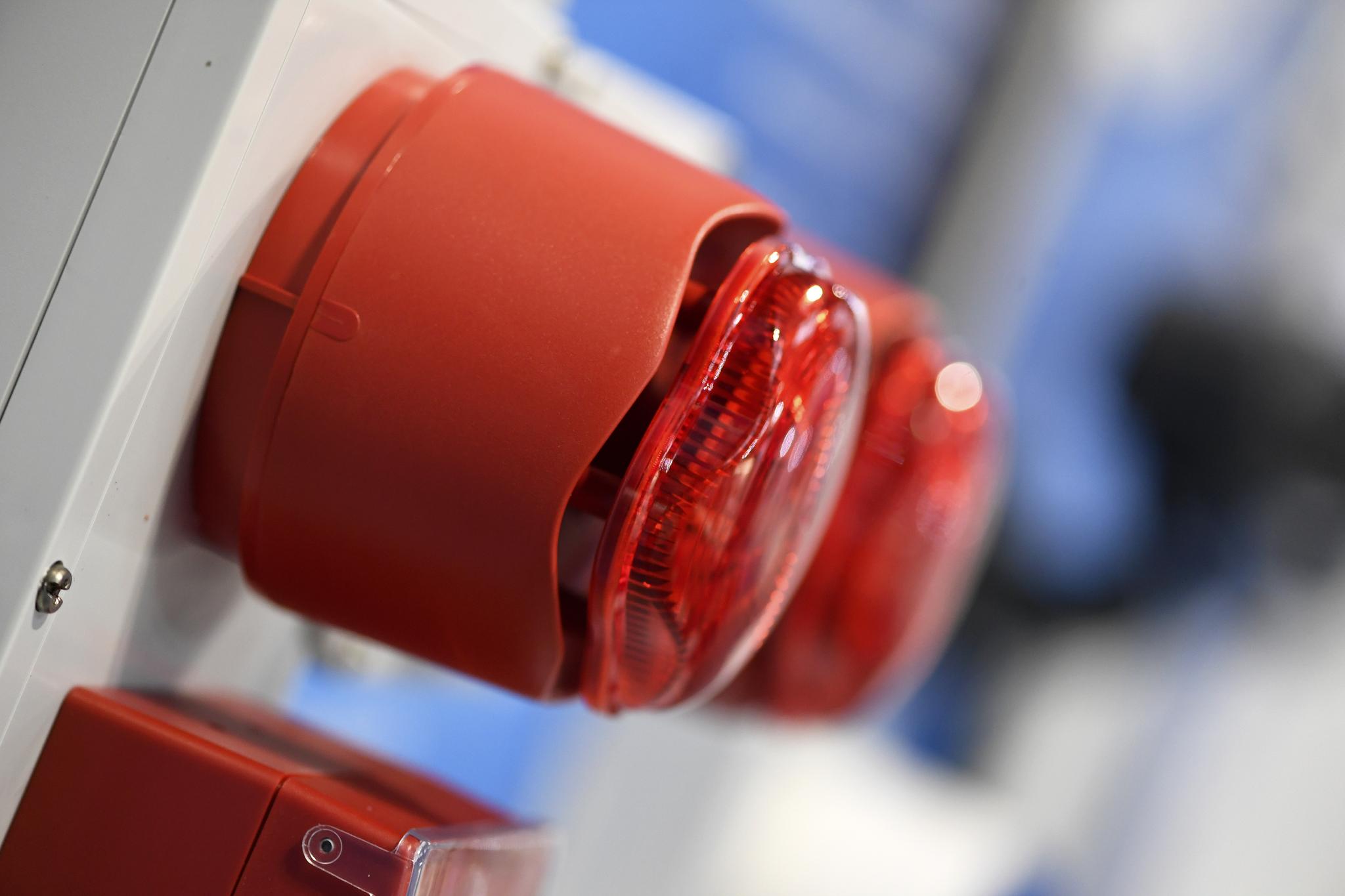Building Movement and Fire Stopping Penetrations: Key Considerations
Designing fire stopping which takes into account the movement of a building involves careful consideration of both fire safety requirements and structural dynamics, including the loading of the finished building, dynamic movement, subsidence, snow load, wind load and settlement. Typical types of service movement include extension, compression, and shear, and while these forces are well understood, at present there is no EN or BS mechanism to formally test penetrations that have been subject to movement either prior to or during a fire resistance test.
This session will consider the options are for designers when evaluating the impact of movement on the performance of fire-resistant services penetrations.




.png)
.png)
.png)
.png)

